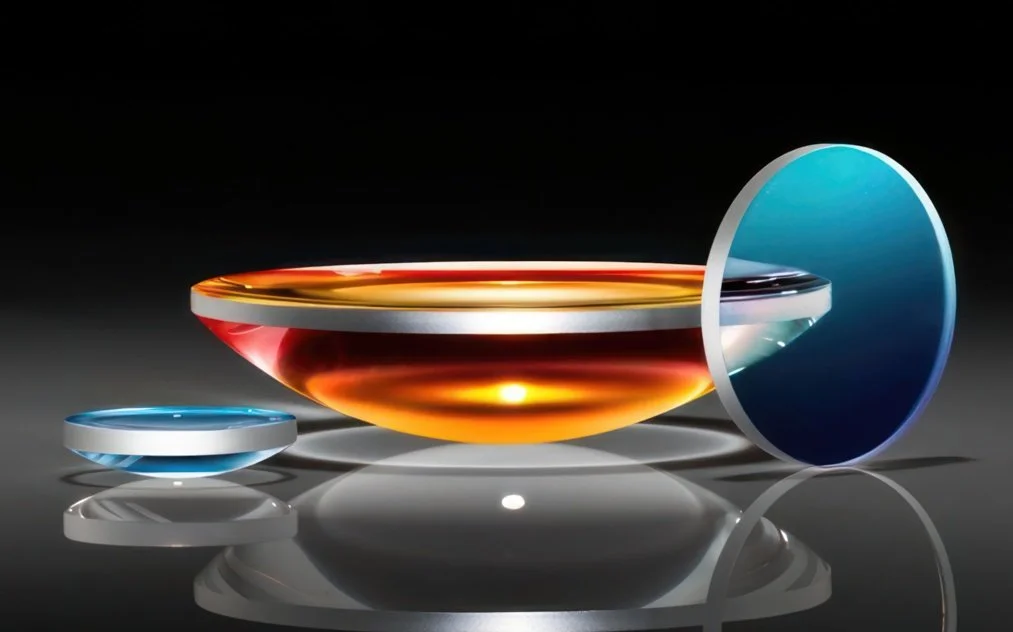Guardians of Clarity: Pancake Lenses and UV-C Light
In the rapidly evolving landscape of virtual reality (VR) technology, the quest for visual excellence is paramount. Pancake lenses, with their compact design and wide field of view, are fast becoming the future of immersive VR experience. However, as we venture into the intricate realm of optics, a pertinent question arises: How do these guardians of clarity fare against the invisible force of UV-C light?
While UV-C light seldom encounters the human eye directly in natural settings, its potency cannot be underestimated. In controlled environments, UV-C finds purpose in disinfection, eliminating harmful micro-organisms with unparalleled efficiency. Yet, this very potency raises questions about its potential effects on optical components, particularly lenses. Pancake lenses, meticulously crafted to optimise visual fidelity, now face the challenge of accommodating UV-C's energetic onslaught. Understanding this interaction is crucial, not only for preserving lens integrity, but also for ensuring the longevity of virtual reality devices in environments where UV-C exposure may occur. In this context, the resilience of pancake lenses against UV-C light becomes a testament to the precision and durability of modern optics.
Pancake Lenses Demystified: Unravelling Their Inner Workings
Pancake lenses stand as the unsung heroes of visual technology, encapsulating a world of precision engineering within their compact frames. To truly appreciate their prowess in the realm of virtual reality, we must embark on a journey to understand the intricate mechanisms that define their functionality.
Inside a pancake lens, there are carefully shaped pieces of glass. These pieces are designed in a way that when light enters the lens, it's bent or refracted. This bending is crucial because it helps gather and focus the light. But here's where internal reflection comes into play. Some of the light inside the lens hits the surfaces of these glass elements. Instead of passing through, this light bounces off the surface. This is called internal reflection.
By carefully designing the shape and angles of these glass elements, engineers can control how the light bounces around inside the lens. This helps in making sure that all the rays of light are focused precisely, resulting in a clear and sharp image. The precise arrangement of glass elements and controlled internal reflection within a pancake lens enables the lens to achieve a thinner, more compact design, optimising its functionality without compromising optical performance.
Visual representation of reflection and refraction inside a pancake lens.
UV-C Penetration and Lens Materials: Unveiling the Barrier
Having illuminated the extraordinary capabilities of pancake lenses in revolutionising the virtual reality experience, it's imperative that we now turn our attention to an equally crucial facet - their interaction with UV-C light. Just as these lenses stand as paragons of optical engineering, their resilience against the potent force of UV-C radiation is a testament to the precision and thoughtfulness embedded in their design. The penetration rate of UV-C into these materials, particularly glass, is a critical aspect that shapes the lens's ability to protect itself against the energetic force of UV-C radiation.
The Nature of UV-C Penetration:
UV-C light, characterised by its short wavelengths, possesses a unique ability to interact with matter. These high-energy photons have the potential to penetrate certain materials, altering their molecular structure. However, the extent of penetration is contingent on various factors, including the material's composition and density.
Glass as a UV-C Barrier:
Glass, commonly employed in the construction of high-quality lenses, boasts impressive UV-C blocking properties. Its dense molecular structure provides an effective barrier against UV-C penetration. This characteristic is fundamental in safeguarding the interior components of pancake lenses from potential harm.
Coatings and UV-C Absorption:
Beyond the inherent properties of glass, lens manufacturers often employ specialised coatings to enhance UV-C protection. These coatings are meticulously formulated to absorb UV-C radiation, further fortifying the lens against potential penetration. Through a combination of material selection and advanced coatings, pancake lenses are equipped with formidable defences against UV-C light.
Controlled Dispersion and UV-C Deflection:
Aspherical elements, integral to many pancake lens designs, play a crucial role in UV-C protection. Their precisely calculated shapes are engineered to redirect light rays. In the context of UV-C, as it is not part of the visual spectrum, these elements help disperse the radiation, preventing it from concentrating and penetrating deeper into the lens material.
Conclusion
In conclusion a reassuring revelation emerges: it is indeed safe to utilise UV-C disinfection on pancake lenses. UV-C, with its potent germicidal properties, poses minimal risk to these optical marvels. The unique design and materials of pancake lenses, coupled with their inherent ability to absorb UV-C, make them resilient against any potential harm. By harnessing the power of UV-C for disinfection, we not only safeguard the lenses from potential contaminants but also ensure a clean and hygienic VR experience.


